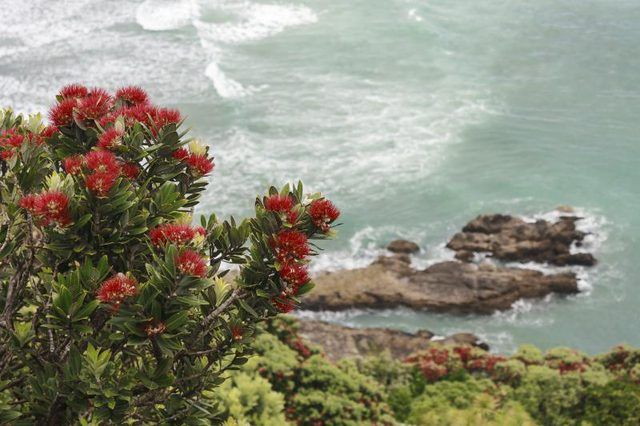Bulbs
Flower Basics
Flower Beds & Specialty Gardens
Flower Garden
Garden Furniture
Garden Gnomes
Garden Seeds
Garden Sheds
Garden Statues
Garden Tools & Supplies
Gardening Basics
Green & Organic
Groundcovers & Vines
Growing Annuals
Growing Basil
Growing Beans
Growing Berries
Growing Blueberries
Growing Cactus
Growing Corn
Growing Cotton
Growing Edibles
Growing Flowers
Growing Garlic
Growing Grapes
Growing Grass
Growing Herbs
Growing Jasmine
Growing Mint
Growing Mushrooms
Orchids
Growing Peanuts
Growing Perennials
Growing Plants
Growing Rosemary
Growing Roses
Growing Strawberries
Growing Sunflowers
Growing Thyme
Growing Tomatoes
Growing Tulips
Growing Vegetables
Herb Basics
Herb Garden
Indoor Growing
Landscaping Basics
Landscaping Patios
Landscaping Plants
Landscaping Shrubs
Landscaping Trees
Landscaping Walks & Pathways
Lawn Basics
Lawn Maintenance
Lawn Mowers
Lawn Ornaments
Lawn Planting
Lawn Tools
Outdoor Growing
Overall Landscape Planning
Pests, Weeds & Problems
Plant Basics
Rock Garden
Rose Garden
Shrubs
Soil
Specialty Gardens
Trees
Vegetable Garden
Yard Maintenance
Pohutukawa Tree Facts
Pohutukawa Tree Facts. Commonly known as the New Zealand Christmas Tree, Pohutukawa (Metrosideros excelsa) brandishes appropriately red bottlebrush flowers during November and December in its native land. In the United States, the tree usually blooms from late spring to midsummer, where it may provide a flowery form of fireworks for Memorial Day or...

Commonly known as the New Zealand Christmas Tree, Pohutukawa (Metrosideros excelsa) brandishes appropriately red bottlebrush flowers during November and December in its native land. In the United States, the tree usually blooms from late spring to midsummer, where it may provide a flowery form of fireworks for Memorial Day or the Fourth of July. Thriving outdoors in U.S. Department of Agriculture plant hardiness zones 9 to 11, this Christmas tree must be raised as a bonsai or house plant elsewhere.
Picturing Pohutukawa
If grown under ideal conditions, Pohutukawa may reach 60 feet in height. The tree can send out aerial roots from its gray and corky trunk or branches when it needs to anchor itself in place. Its oblong 1- to 5-inch leaves feel felted when young, but their surfaces eventually turn a waxy dark green while the undersides remain silver and furry. Although Pohutukawa's flowers are generally some shade of red, from crimson to rust, the tree can also produce pink or yellow blooms.
Planting Pohutukawa
To sow Pohutukawa, you will need to acquire fresh seeds from the gray and fuzzy 1/4- to 1/2-inch seed capsules in the fall. If you canít plant them right away, place them in the refrigerator until you are ready to do so, as they donít remain viable for long. Because the seeds are fine and chaffy, they should be scattered over the surface of sterile seed-starting mix and barely covered with a sprinkling of sand. If their mix is kept damp, they will begin to germinate within one week, and should be kept in bright conditions out of direct sunlight. Once the seedlings are three months old and about 1/2-inch tall, you can transplant them into individual small pots and begin acclimatizing them to more sun. Donít plant them outdoors until they are at least two years old.
Positioning Pohutukawa
Most frequently found on ocean coastlines or lakeshores in its native habitat, the tree requires very well-drained soil, preferably in full sun. Vulnerable to root rot, it wonít tolerate boggy conditions. Although it will grow most rapidly in fertile ground, it can survive -- in stunted form -- on very little soil at all. Because its roots can be aggressive, keep it away from sidewalks and septic tanks. Young trees shoot up rapidly, sometimes adding 1 to 2 feet per year, while older ones grow more slowly.
Protecting Pohutukawa
In the U.S., stressed Pohutukawa trees may be attacked by pests such as the Eucalyptus longhorned borer, which makes oozing holes in the bark, and the Eugenia psyllid -- whose presence is betrayed by pitted leaves and sooty, black mold. Under normal circumstances, both are controlled by natural predators, so you can prevent infestations by keeping your tree watered and healthy. Pohutukawa may also suffer from the fungus disease anthracnose, which causes dark spots on the leaves. You can forestall this problem by keeping the tree in full sun and away from nearby trees or buildings, so that air can circulate around it freely.